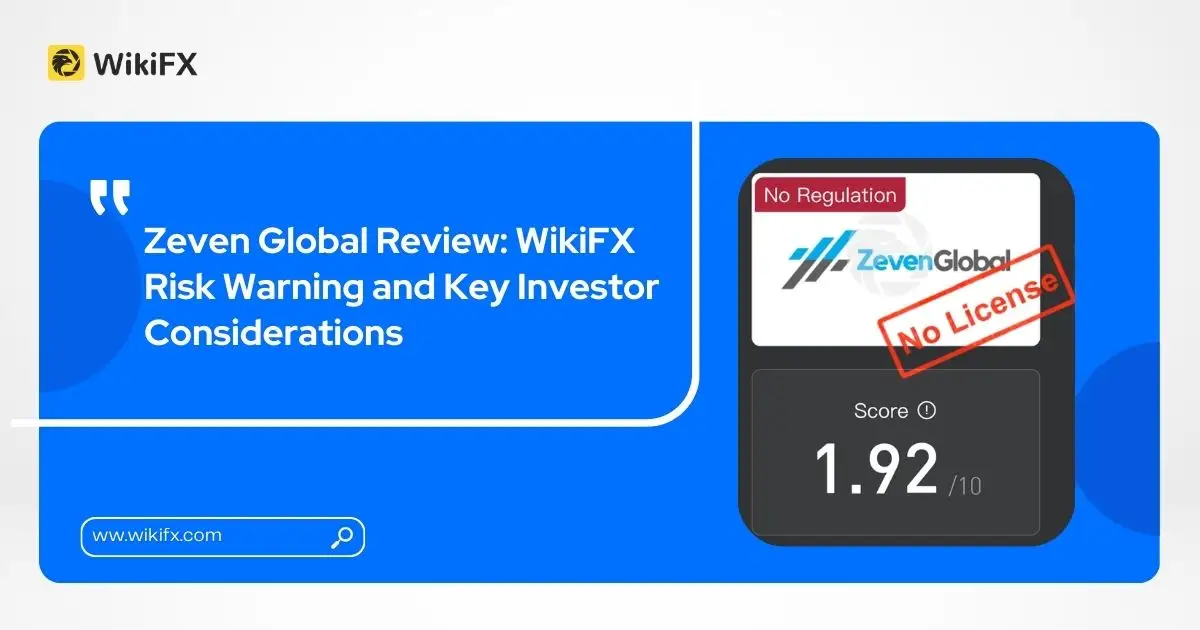Absorption in trading: understanding its dynamics and FAQs
Abstract:Absorption in the financial markets is a key concept that helps traders understand market dynamics and depth. This article will explain what absorption is, delve into how it works in trading, answer common questions about absorption, and highlight how Skilling's platform can be utilized in this context.
Absorption in the financial markets is a key concept that helps traders understand market dynamics and depth. This article will explain what absorption is, delve into how it works in trading, answer common questions about absorption, and highlight how Skilling's platform can be utilized in this context.
What is absorption?
Absorption in trading refers to a situation where the market 'absorbs' large orders without a significant price change. This typically occurs at key support and resistance levels where large quantities of buy or sell orders are placed. Absorption is an indicator of strong interest from buyers or sellers at a particular price level and can signal the potential exhaustion of a price move or the strength of a particular market level
How does absorption work?
Absorption works by balancing large orders with an equivalent amount of opposing orders. For example, in a scenario where there's a significant sell order at a particular price level, absorption occurs if there are enough buy orders to match this selling pressure, preventing a downward price movement. This is often observed through volume analysis and can be identified using order flow tools that show the depth of market orders at various price levels.
Example of absorption in CFD trading:
Imagine a scenario in CFD trading where an investor is trading a stock CFD, such as Apple Inc.
As the price of Apple's stock approaches a significant resistance level at $150, a large volume of sell orders is placed, indicating that many traders expect the price to fall from this level. However, if there is a strong presence of buyers who are willing to purchase Apple stock at $150, these buy orders will absorb the selling pressure.
This absorption could stabilize the price at the resistance level, indicating a strong contest between buyers and sellers. If the buyers eventually outweigh the sellers, the price might break through the resistance level, leading to a potential upward trend.
Example of absorption in Forex trading:
In Forex trading, consider the EUR/USD currency pair approaching a key support level at 1.1800. As it nears this level, traders observe a significant increase in sell orders, suggesting a bearish sentiment. However, if there is an equally strong influx of buy orders at this price level, these orders will absorb the selling pressure.
This absorption indicates that the market is not ready to push the price below the support level, showing resilience against the downward trend. If the buying pressure continues to match or exceed the selling pressure, it could lead to a reversal, with the price bouncing back from the support level.
Answers to some FAQs
1. What does absorption indicate in market analysis?
Absorption suggests strong buying or selling interest at a specific price level, potentially signaling a trend reversal or continuation.
2. How can traders identify absorption in the market?
Absorption can be identified through volume analysis and order flow tools, which show large orders being matched by opposing orders at key price levels.
3. Does absorption always lead to a price reversal?
Not necessarily. While absorption can indicate potential reversals, it may also signify the continuation of the current trend if the absorbed orders are eventually outweighed.
4. How important is context in interpreting absorption?
Context, including overall market trends and technical indicators, is essential for accurately interpreting absorption signals.
5. Can absorption be a standalone trading signal?
While absorption provides valuable insights, it's best used in conjunction with other analysis methods for more reliable trading signals.
6. How does absorption differ in high-liquidity markets?
In highly liquid markets, absorption might occur more frequently and require significant order volumes to impact price movements.
7. What role does absorption play in range-bound markets?
In range-bound markets, absorption can be a key factor in maintaining the price within the range, especially at established support and resistance levels.
8. Is absorption relevant in both bullish and bearish markets?
Yes, absorption is relevant in all market conditions, indicating strong buying pressure in bullish markets and strong selling pressure in bearish markets.

Read more

Allied Top Review: Scam or Legit Broker?
Allied Top review: Covering regulation, trading platforms, leverage, spreads, deposits, and real trader feedback for informed decisions.

STARTRADER Launches New Global Brand Identity
Global broker STARTRADER refreshes its brand identity, reinforcing trust, growth, and client focus through a modernized visual and strategic repositioning.

SogoTrade Fined $75K Amid Compliance Failures
FINRA fines SogoTrade $75,000 for market access control failures as TopFX advances synthetic indices trading and 24/7 multi-asset solutions.

Zeven Global Review: WikiFX Risk Warning and Key Investor Considerations
A WikiFX review of Zeven Global reveals the absence of regulatory licensing, a low safety rating, and potential risks to investor protection.
WikiFX Broker
Latest News
Precious Metals Surge: Central Banks and Fed Outlook Fuel 'Bare-Knuckle' Bull Market
RIFAN FINANCINDO BERJANGKA Review (2025): Is it Safe or a Scam?
Fed’s Paulson Douses Rate Cut Hopes, Strengthening 'Higher for Longer' Case
WAYONE CAPITAL Review 2025: Institutional Audit & Risk Assessment
Is BotBro Legit or a Scam? 5 Key Questions Answered (2025)
Oil Markets on Edge: OPEC+ Holds Firm Amid Venezuelan Turmoil
One Click, RM1 Million Gone: Penang Retiree’s Social Media Scam Nightmare
Geopolitical Shock: Trump's Venezuela Raid Sparks Oil Volatility & Impeachment Threats
The 'Wolf' Strategy: Phantom Tariffs and the Dollar's Resilience
US Forces Capture Maduro in Dawn Raid; Trump Pledges Oil Sector Takeover
Rate Calc


